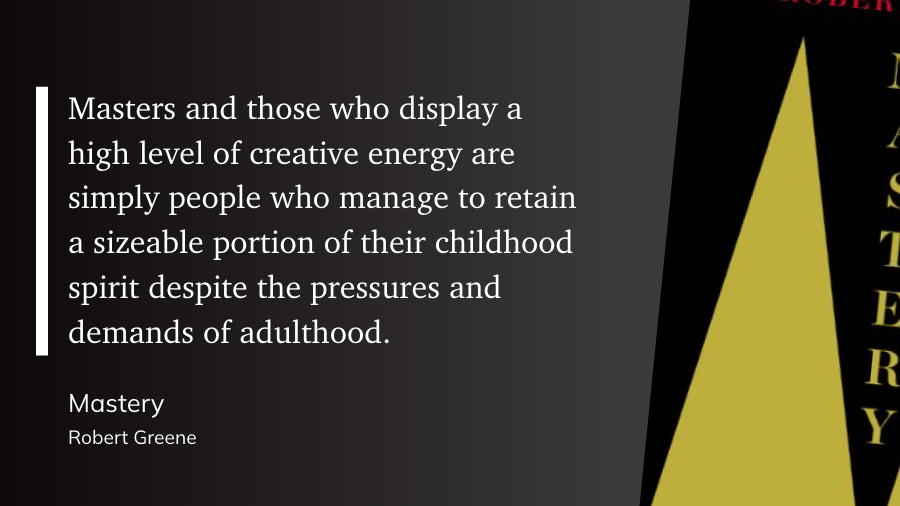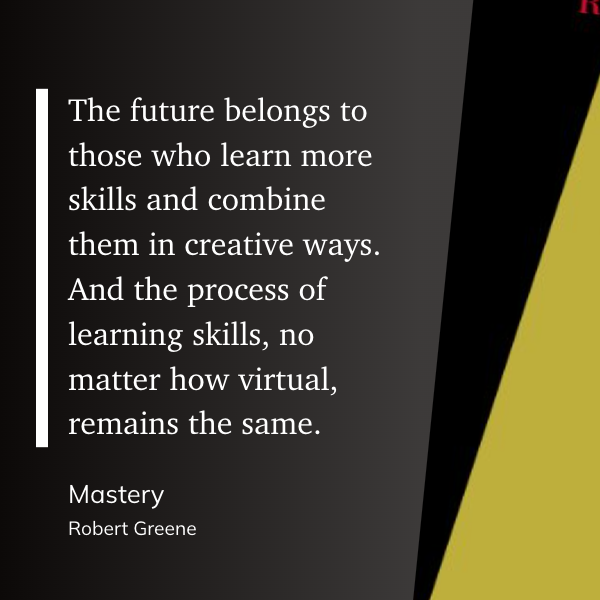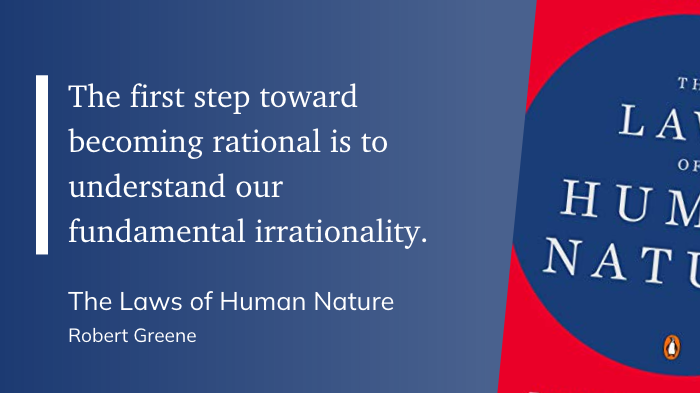
Teaching can feel like sprinting through sand: every ounce of effort disappears into new mandates, fresh interruptions, and the endless pressure to prove you’re “impacting achievement.” Robert Greene’s Mastery offers a different vision—one drawn from Darwin’s notebooks, Temple Grandin’s cattle chutes, and Mozart’s late-night scales. Greene insists that anyone who treats skill-building as a deliberate, three-phase journey—Apprenticeship → Creative-Active → Mastery—will reclaim momentum and stay in the classroom long enough to matter. Below is a narrative roadmap that translates each phase into research-backed actions you can begin during pre-service week, with evidence that they work and persuasive arguments strong enough to convince even your most overwhelmed colleague to click “Add to Cart.”
No products found.
The Pain Behind the Promise
Almost half of American K-12 teachers now say they feel burned out “often or always,” a figure Gallup has tracked since 2022 and one that remains unchanged in 2025 (Devlin Peck). Surveys in Texas peg the fatigue even higher—three out of four teachers report being “exhausted,” with two-thirds eyeing the exits (Houston Chronicle). Attrition follows a cruel curve: novices leave just as their instruction could blossom, while veterans plateau when novelty fades. Greene argues that the path out is not better work-life “balance” but a conscious march toward expertise—because mastery, unlike balance, supplies its energy.
Greene’s Map in Plain English
Greene distills the biographies of history’s stand-out performers into a three-act structure. Apprentices absorb fundamentals until they become second nature; creative-actives recombine those fundamentals in bold experiments; true masters spot patterns others miss and simplify complexity (sipreads.com, Nat Eliason). In copywriting terms, the book is a “big promise” paired with a believable mechanism: you can transform your teaching, and here’s the step-by-step engine that makes it happen.
Phase 1: Apprenticeship—Winning the First 10,000 Minutes
What It Looks Like in a Classroom
Forget the romantic myth of genius; Greene says apprentices log mundane reps under watchful eyes. For teachers, this means treating high-impact moves—such as retrieval questions, spaced review, and explicit modeling—like musicians treat scales.
- Retrieval practice. A 2017 meta-analysis encompassing 118 studies found that the technique consistently enhanced learning across age groups and subjects (Retrieval Practice). Start every period with two low-stakes recall prompts. Record accuracy; reteach when the class average dips below 80 percent.
- Spaced practice. Neuro-education researchers conclude that revisiting content 24 hours, one week, and one month later maximizes retention for months — and the longer the interval, the longer the memory trace endures (THE EDUCATION HUB). Work those intervals into your warm-ups before adding a single new bell-ringer.
- Rosenshine-style explicit instruction. Barak Rosenshine’s ten principles synthesize decades of cognitive-science evidence on how humans learn; short daily reviews and bite-sized explanations sit at the top of his list (Devlin Peck). Film a five-minute segment, then annotate where you checked for understanding.
Why It Pays Off
Feedback ranks among the highest effect sizes catalogued by John Hattie—around d = 0.70, almost double the hinge-point that separates worthwhile strategies from noise (VISIBLE LEARNING). When you wrap each retrieval sprint with “where to next” comments, you are compounding two evidence-based levers at once.
Phase 2: Creative-Active—Turning Fundamentals into Innovation
Once the basics hum automatically, Greene says the apprentice must risk “creative crimes”—small, testable departures from the script that force new neural wiring. In copywriting, this is your product’s “demonstration” moment: show the prospect the payoff.
- Mash strategies. Combine retrieval with peer teaching: students quiz partners, then explain answers out loud. Cognitive science calls the blend “elaborative interrogation,” and it deepens transfer of knowledge to novel problems (Progress Learning Blog).
- Prototype homework versions. Run spaced problem sets in one class, traditional packets in another, and compare quiz scores a week later. Early field experiments on spaced homework deliver significant gains over cramming (Houston Chronicle).
- Document publicly. Greene notes that masters cultivate “social intelligence” by exposing ideas to critique. Weekly reflections posted in a team Google Doc turn tacit hunches into collective knowledge; professional development studies find that peer transparency accelerates skill uptake (Network for Educator Effectiveness).
Phase 3: Mastery—Seeing the Game and Guiding Others
Greene’s masters do two things novices rarely attempt: they compress complexity into elegant patterns and they mentor the next wave. Teacher research echoes him. A 108-study meta-analysis shows mastery-learning programs reliably raise exam performance, especially when experts make criteria explicit and coach students toward them (SAGE Journals).
- Spot error trends. Use a simple spreadsheet or dashboard: where do misconceptions cluster? Redesign tomorrow’s mini-lesson to pre-empt those pitfalls.
- Open your door. Peer observation, when low stakes and feedback-rich, improves both the observer’s and observed teacher’s practice—and even bumps student test scores in the observer’s class (Network for Educator Effectiveness |).
- Coach a novice. Rigorous studies on instructional coaching show that targeted, cycles-based feedback outperforms traditional workshop PD for both teacher retention and student learning gains (Instructional Coaching Group).
Masters, Greene reminds us, aren’t superhuman. They’re relentless editors of their craft—and generosity is their sharpening stone.
A 30-Day Story You Can Tell Yourself
Day 1: choose one micro-skill—say, crafting two retrieval prompts per lesson.
Day 7: film and self-critique a five-minute segment focused solely on those prompts.
Day 14: Invite a colleague to observe for “retrieval density” and provide you with notes.
Day 21: add spaced review intervals; compare quiz data to your Day 1 baseline.
Day 30: Share the results and the film clip in your PLC.
You have now walked Greene’s first two phases, gathered real data, and leveraged peer feedback—three evidence-rich practices stitched into one micro-narrative.
Why the Book Earns a Slot in Your Tote Bag
Greene supplies what most PD skips: a compelling story that keeps teachers in the arena long enough to see evidence payoffs. Retrieval, spacing, feedback, coaching—these are not trends; they’re durable findings across hundreds of studies. Mastery ties them to a motivational arc that protects against the burnout numbers you saw earlier, giving you purpose when enthusiasm wanes.
Call to Action
Teaching is a craft you will never finish, but you can decide today whether the next 180 school days feel like wheel-spinning or measured ascent. Greene’s Mastery is the blueprint. Read the opening chapter tonight. Pick your micro-skill before the coffee brews tomorrow. And start counting progress, not just hours.
Sources
- Sipreads summary of Mastery phases (sipreads.com)
- Nat Eliason review confirming three-phase structure (Nat Eliason)
- Devlin Peck teacher-burnout statistics 2025 (Devlin Peck)
- Texas AFT burnout survey via Houston Chronicle (Houston Chronicle)
- Retrieval-practice meta-analysis guide (2017) (Retrieval Practice)
- Spaced-practice summary, The Education Hub (THE EDUCATION HUB)
- Rosenshine principles overview, Visible Learning site (Devlin Peck)
- Hattie effect-size ranking list (VISIBLE LEARNING)
- Instructional-coaching impact study (2024) (Instructional Coaching Group)
- Peer-observation benefits article, NEE Advantage (Network for Educator Effectiveness |)
- Mastery-learning meta-analysis, Review of Educational Research (SAGE Journals)
- Elaborative-interrogation research on retrieval + explanation (Progress Learning Blog)



